
Backpacks carry a footprint
Did you know that almost every purchase you make has a footprint, from single-use plastic wrapping to the way a product is made and transported?
We talk a lot about the impact of the clothing industry and how it is slowly being transformed due to pressure from consumers and legislation from above.
But the transformation of the clothing industry should not be the end of sustainable fashion.
It is too easy to overlook the significance of the impact of commonplace products like backpacks when choosing the proper accessories to reduce your personal impact on the environment.
Backpacks have played a significant role in almost everyone’s life for a very long time, from the days when you went to school to adulthood, college, and employment.
Today, we take a look at the history and impact of backpacks and suggest some actions and products that will help you to lower your personal footprint.

The history of backpacks
A candidate for the earliest backpack was found amongst the mummified remains of Otzi in 3300, but the first usage of the word backpack in its current form was in the United States in 1910.
Rucksack another word for the same thing is actually a German loanword that is mostly used in the UK, the US, and other Western nations.
In Middle High German ruck(e) means “back”, which led to the Upper German word ruggsack.
Backpacks were originally made from natural fibre materials but with the onset of the fossil fuel industry and the discovery of plastic and nylon, backpacks started to become mass-produced.
Backpacks are now advancing with technology being made from newer and lighter materials, with charging ports and more to suit everyday life.
But as with any other product, not all backpacks are made equally and some can have a serious impact on the planet.
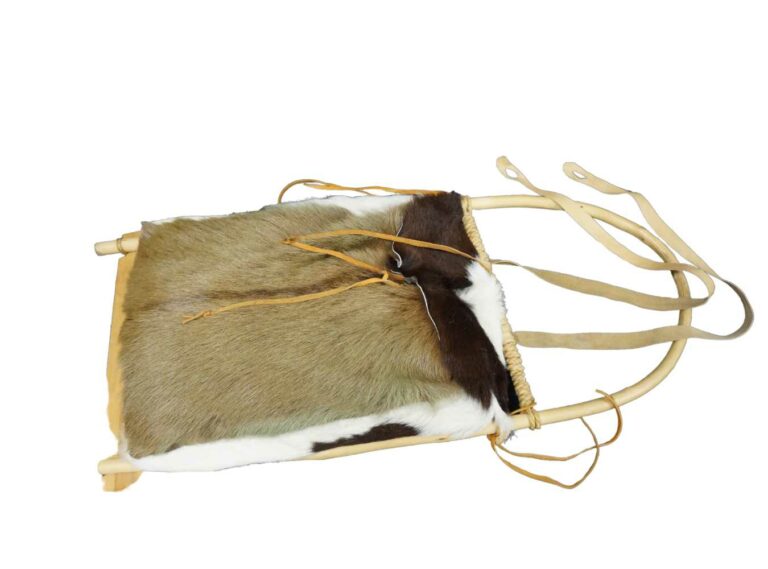
The environmental impact of backpacks
Typically, non-biodegradable and harmful materials like polyester and plastic fibres are used in the manufacture of conventional, unsustainable backpacks.
These substances are dangerous because their production is so difficult and results in such high pollution levels during the manufacturing process alone.
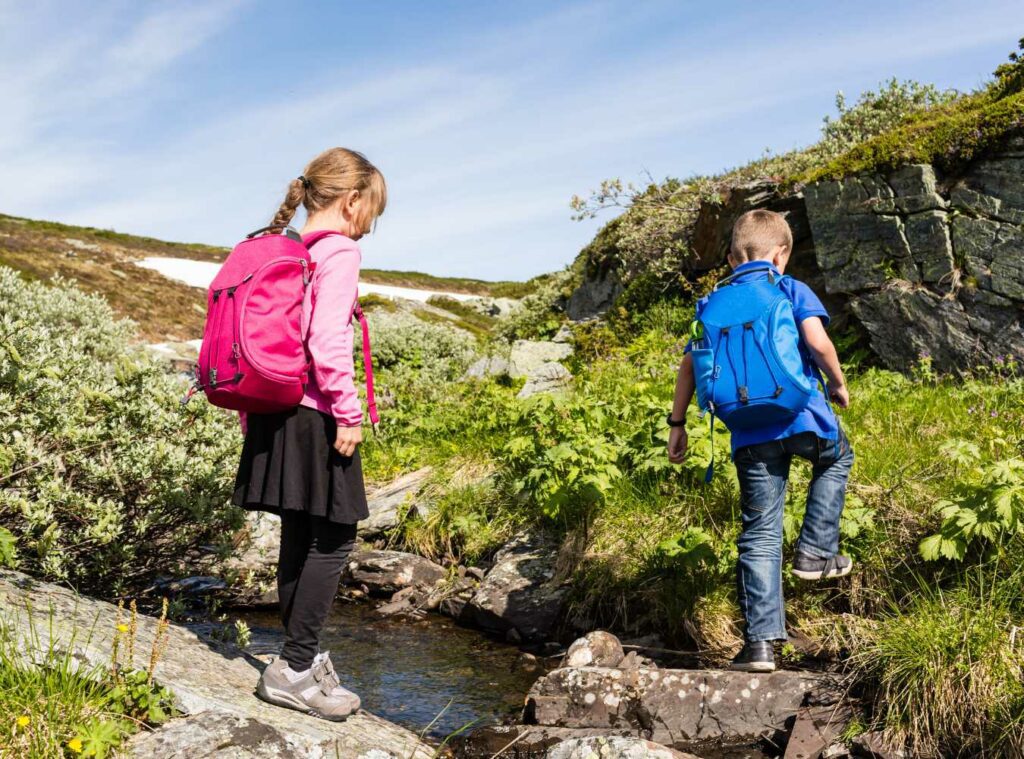
Since many backpacks are fast fashion items, they are typically produced as quickly and inexpensively as possible, mainly in smaller nations where labour rules are less stringent than necessary.
These non-sustainable backpacks not only have problematic manufacturing procedures, but they also have negative environmental effects after they are bought.
The non-biodegradable materials that make up non-sustainable backpacks shed microplastics into the soil and waterways when they are washed or thrown away, prolonging the pollution cycle.
In contrast, eco-friendly backpacks are constructed from renewable resources or recycled materials. They avoid adding to environmental contamination in this way.
Additionally, they typically are made to last a lot longer than the non-sustainable fast-fashion backpacks.
What should you look for?
Investing in companies that use recycled plastic, GOTS-certified organic cotton, and upcycled rubber from sustainable sources is a good idea.
The fabric is authentically organic and comes from sustainable supply networks if it has a GOTS certification.
As well as recycled plastics and organic cotton you can look for natural materials that are less resource-intensive.
For instance, hemp grows without the need of pesticides or artificial fertilisers, and although being a natural fibre, it is also incredibly tough.
Other examples of alternative materials to traditional fabrics that require less energy to produce and are farmed sustainably include Tencel/Lyocell and Yulex.
B corp certification is also an indicator of great social and environmental performance.
Most importantly though is to go for a backpack that will last a long time – a well made bag can last generations and if made from the right materials will definitely lower your footprint.

Sustainable brands love
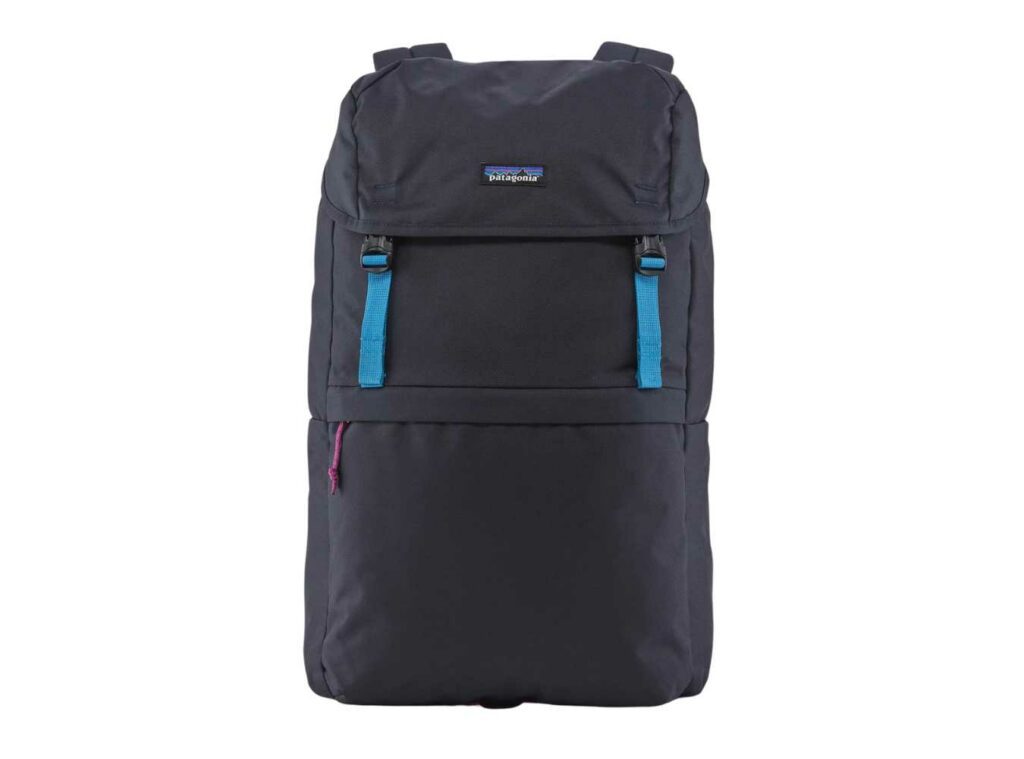
We love Patagonia which is renowned for being a pioneer in environmental activism and sustainability.
They invest a lot of money on cultivating organic materials and using traceable materials, and have a robust recycling programme, using recycled fabrics in the majority of their products.
They also support environmental issues, and in the past, have donated 100% of their Black Friday sales to them.
Their Arbor Lid pack which can hold 28 litres of stuff is awesome.
It’s made from 100% Recycled Polyester and nylon and is Fair Trade Certified sew meaning people who made it earned good wages for their work.
You can also return the pack to be repaired or at end of life to be recycled so you really can’t go wrong.
The next brand we love is Cotopaxi who create sustainable products to fight extreme poverty, inspire adventure, and move people to do good and is a certified BCorp.
Their Batac 24 litre backpack is fantastic.
Each pack is colour-blocked, unique, and limited edition and is made using remnant fabric, giving leftover materials a second chance to shine and meaning each pack keeps fabric out of landfill!
Coptaxi also take ethics into account during every phase of a product’s lifecycle-from its design to its manufacture and sale, so you can rest assured their products have a positive impact

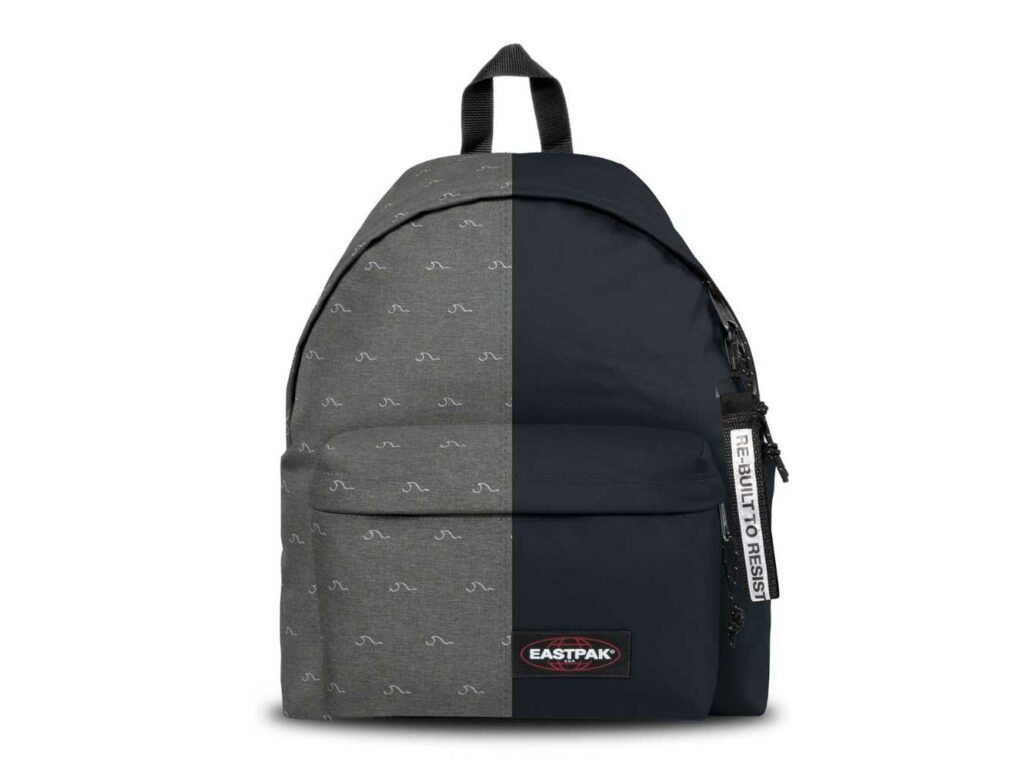
The final brand we love is Eastpak which Since 1952, have made durable designs that are built to last.
They believe in buying less and buying better when it comes to bags. By opting for quality designs that will stand the test of time, they help to reduce waste and impact on the environment.
Eastpak provide a 30 year warranty on all their bags and we love their Re-Built to Resist pack that is made from preloved, yet irreparable bags from their warranty centre repurposed and transformed into one-of-a-kind designs.
Each bag is made from one printed fabric and one coloured fabric meaning every style is unique.
Best of all if you sign up for Eastpak’s newsletter, you can receive a fantastic 15% of your first order.
That’s everything for today.
Hopefully, you learned something new and know what to watch out for when it comes to sustainable backpacks.
We hope you enjoyed this week’s tip and if you have any products or tips we haven’t covered, please reach out and let us know using the contact us link above or email hello@playitgreen.com.
Just one step...
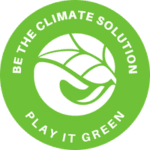
Join the Play It Green community and learn how to be the solution to climate change




